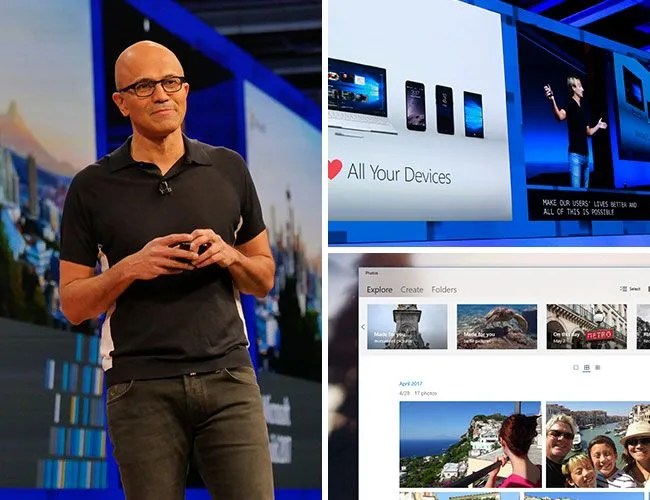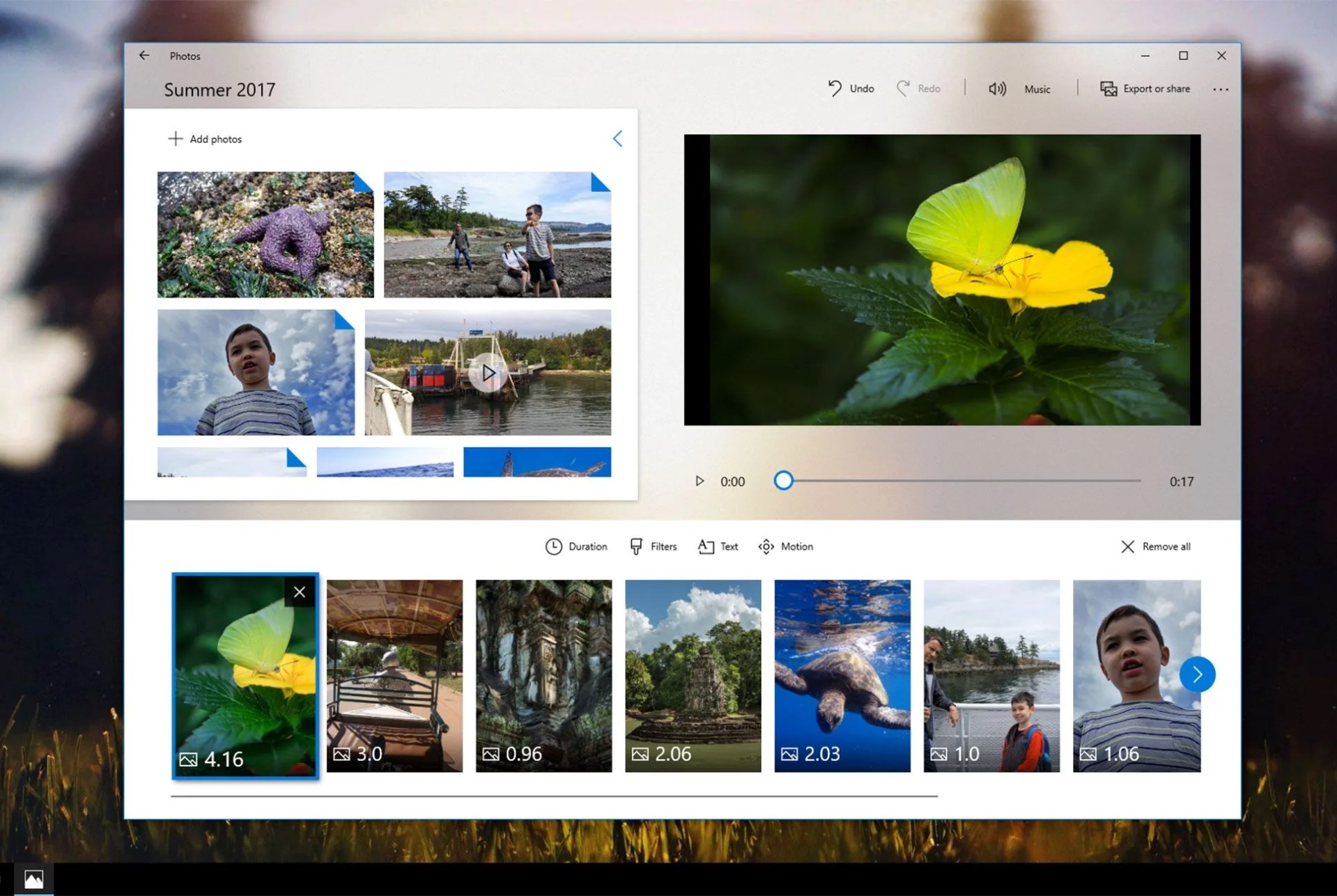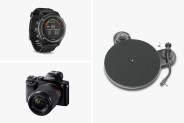At Microsoft’s Build conference in Seattle last week — its annual seminar/dog-and-pony-show for software developers, similar to Apple’s Worldwide Developers Conference — one thing became abundantly clear: the Apple vs. Microsoft war is over. Microsoft won. Well, so did Apple. Now that you mention it, Google won, too. Okay, it’s complicated.
The reason it’s so complicated is because the truth is, there never actually was a war — at least, not in a direct Ford/Chevy kind of way. Microsoft has historically been a software company, Apple predominantly a hardware company. Some version of Microsoft’s Windows operating system sits on 83 percent of the computers worldwide, whereas Apple’s operating systems drive just 11 percent of the world’s computers. Microsoft went after the lucrative business customers and the vast bell curve of everyday computer buyers; Apple went after the creative and the upscale. To the extent that there was competition, it was centered, frankly, on which company was perceived as cooler. (Apple, presumably.) The whole “Apple person” or “Windows person” divide, in reality, in reality represented a very small volume of actual users.
To the extent that there was competition, it was centered, frankly, on which company was perceived as cooler.
But last year something happened that’s going to even further erode the notion of having to buy into one brand or another’s ecosystems, with implications already manifesting itself across the industry. In 2016, mobile operating systems overtook desktops and laptops in total usage — that is, where most users were doing their actual computing. There, Google dominates in the software — via Android — by a huge margin. Yet Apple overtook Samsung as the leading manufacturer of actual mobile devices. (Microsoft’s foray into mobile tech, via Windows Mobile then Windows Phone, was too little, too late.) As our computer usage patterns are changing (with mobile tech being the go-to fix for scanning social media and keeping up on the maelstrom of political savagery), we’re picking and choosing our sources for our own reasons, not necessarily brand allegiance or even dependent what kind of regular computer they use.
So Google leads in mobile software, Apple leads in mobile hardware, and Microsoft leads in the laptop and desktop software, which is where most people still do their actual work. But what was made clear here at the Washington State Convention Center is that Microsoft wants to tie everything together with a big bow that nobody else has. During its two major keynotes at Build, Microsoft pushed its prowess in machine learning, cloud computing and app creation — mostly inside-baseball stuff that the developers groove on — but also debuted some real-world impacts of both, and they’re pretty compelling.
Microsoft wants to tie everything together with a big bow that nobody else has.
The clutch announcement was the upcoming Windows 10 Fall Creators Update, which will offer a host of features designed to wrestle your digital world to the floor across all your devices—including Apple and Android—to allow you to live more harmoniously, absent any disconnected threads. Microsoft Graph will enable this by linking your content to the cloud. Its new Timeline feature keeps track of what you’ve been doing and helps you jump back to where you were after taking a break, whether that’s working on a document, reading and article, or exploring a website. If you did it on your computer, for example, you can jump back into the same place on your smartphone or tablet, regardless of the operating system. You can also immediately copy and paste files between devices — sort of like Apple’s AirDrop but potentially even more seamless.


